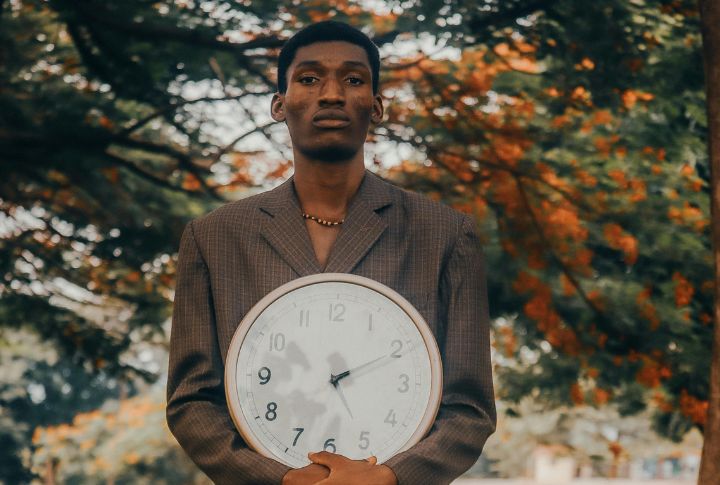
Ever wish you could live the same hour twice? Soon, you actually will. As Daylight Saving Time winds down, millions of Americans prepare for that strange yearly rewind when the clock slips back an hour. Keep reading to uncover when it happens, why it exists, and what really changes when time turns back.
2025 Daylight Saving Time End Date

Get ready to turn your clocks back on Sunday, November 2, 2025. That’s when Daylight Saving Time officially ends to give you back that precious hour of sleep you lost in spring. It’s the annual “fall back” moment when we return to Standard Time.
2025 “Fall Back” vs. 2024 DST End Date

Organizations and planners can rely on preset Daylight Saving Time schedules years before implementation, thanks to a consistent rule: DST always concludes on the first Sunday. This explains why the end dates shift slightly between years, landing on November 3 in 2024 and moving to November 2 in 2025.
Exact Local Time For “Fall Back”

It’s not often you get a second chance at the same 60 minutes, but the fall time change delivers exactly that. When 2:00 a.m. arrives, the clock slips back to 1:00, replaying the same stretch again. That’s a rare moment when deja vu becomes official.
U.S. Time Zones Affected
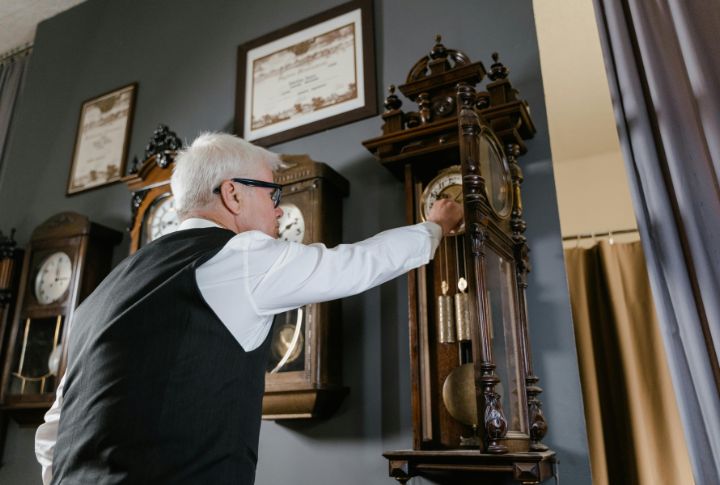
The time change rolls out like a slow wave across the country. Each U.S. time zone (Eastern, Central, Mountain, and Pacific) “falls back” at 2:00 a.m. local time. So yes, it happens everywhere at once, just according to each region’s clock.
Night Of The Week For The Change

You might think the change happens on Saturday night, but it’s actually early Sunday morning, specifically at 2:00 a.m. That timing helps avoid chaos with school and work schedules. Of course, if you’re working late that night, you’ll experience the weirdness of seeing 1:00 a.m. twice.
Return To Standard Time
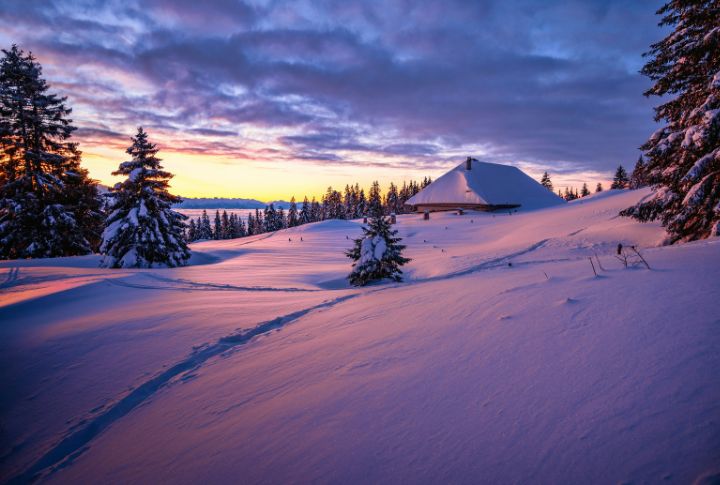
Once we “fall back,” the country returns to Standard Time for the colder months. People often call it “winter time,” but that’s not the official name. You’ll notice the sun rising earlier and evenings getting darker faster. We’ll stay on Standard Time until March 8, 2026.
Governing Body For DST Schedule
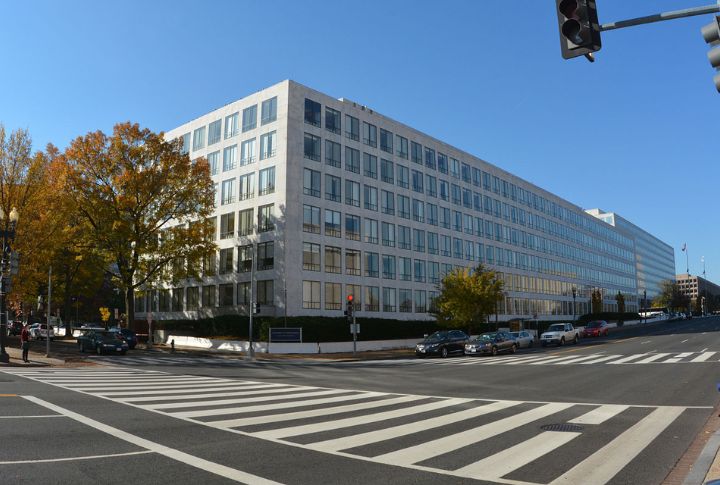
So, who decides when all this happens? That job falls to the U.S. Department of Transportation, which enforces the rules for time zones and Daylight Saving Time. The system dates back to the Uniform Time Act of 1966, though Congress still has the final say.
States And Territories Not Observing DST
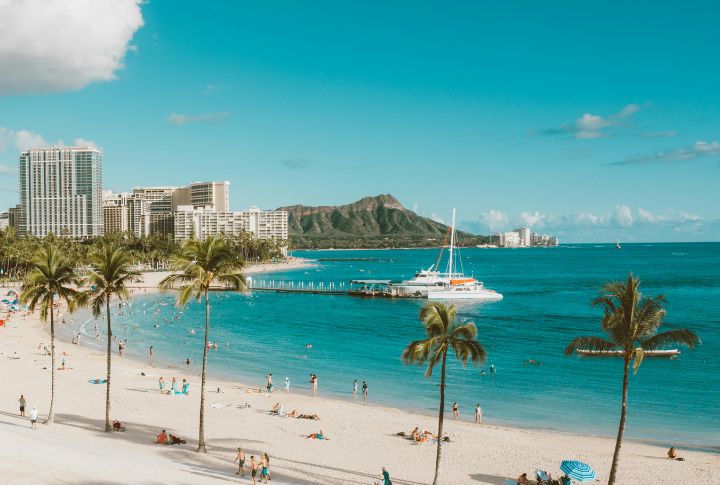
Arizona and Hawaii stick to one time all year long. The same goes for Puerto Rico, Guam, the Northern Mariana Islands, American Samoa, and the U.S. Virgin Islands. Interestingly, the Navajo Nation in Arizona does observe Daylight Saving Time, though the rest of the state doesn’t.
Historical Rationale For “Fall Back”
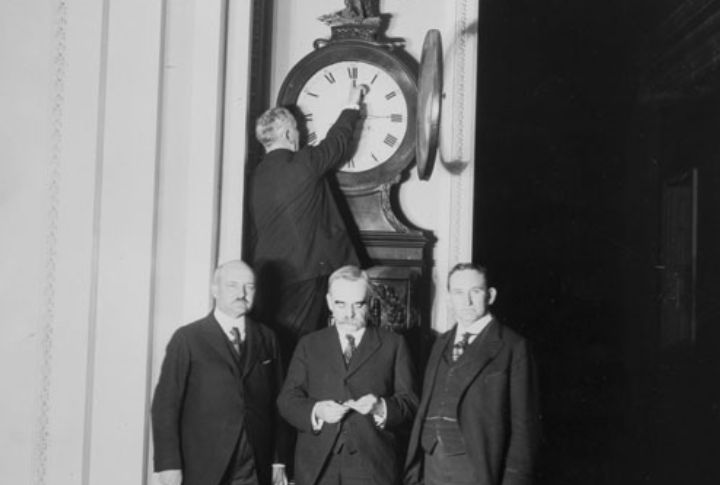
Daylight Saving Time started during WWI to save energy by making better use of daylight. The idea returned in WWII, again, and eventually became a permanent fixture in 1966 with the Uniform Time Act. What began as a wartime strategy turned into a national routine.
Impact On Digital Devices

Thankfully, modern tech has made this whole process easier. Your phone, computer, and smart devices automatically update the time for you. Only older clocks or analog gadgets need a manual reset. If you’ve ever woken up wondering what time it really is, at least your phone’s got your back.

